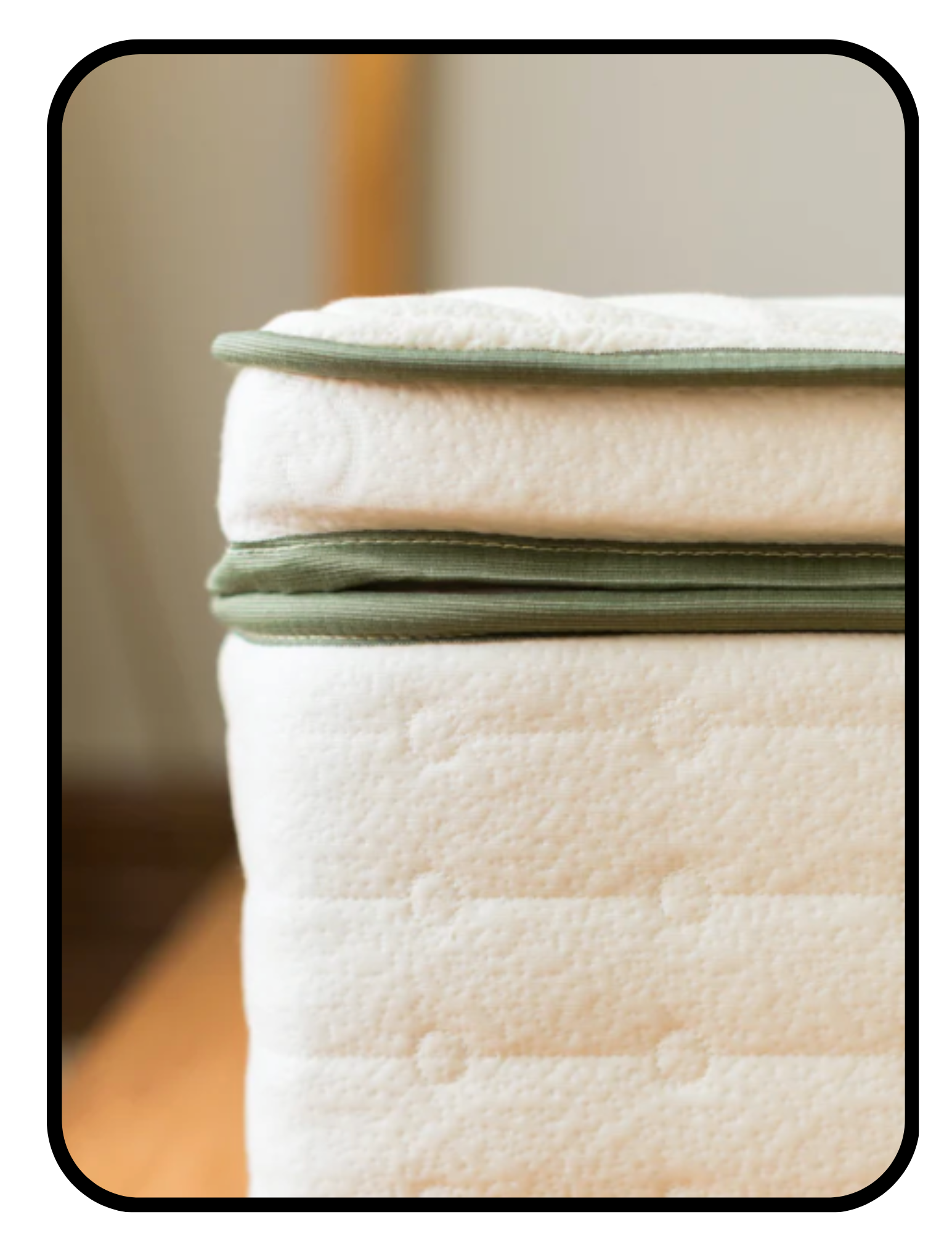Shop by Room Whole Home About ➜ Learn ➜ Endocrine Disruptors
Endocrine Disruptors
Click the bolded statements for links to research.
What are Endocrine Disruptors?
Endocrine Disruptors, Hormone Disruptors, and Endocrine Disrupting Chemicals (EDCs for short) all mean the same thing. They are typically chemicals that mess with (disrupt) our body’s natural hormones.
Some EDCs are almost the exact same shape as natural hormones. For example, some are shaped a lot like estrogen. So when a male is exposed to lots of estrogen-shaped EDCs, they may experience Erectile Dysfunction.
Other EDCs act differently— some can block real hormones from doing their job. Some change the body’s sensitivity to hormones, and others change the way hormones are made and stored in the body.
How many kinds of endocrine disruptors are there?
Of the 80,000+ synthetic, human-made chemicals in our world right now, only a fraction of them have been studied in human health. So far, we know that hundreds of them are hormone disruptors, or Endocrine Disrupting Chemicals (EDCs), but scientists estimate 1,000 or more will be EDCs as we learn more about their negative health effects.
EDCs are found all over in our environment, and disrupt your hormones in a few different ways.
What do endocrine disruptors do to the body?
EDCs have effects on your body even at very low levels — just like real hormones do. The phrase, “levels of X chemical are so low, it’s unlikely to harm you,” just doesn’t work here.
EDCs are also concerning because the endocrine system is unique: it orchestrates the functioning of the entire body.
Unsurprisingly, the list of EDC-associated negative health effects is very varied, and very long: erectile dysfunction and lower sperm quality, reduced egg quality, fertility issues in females, aggressive and anxious behavior and lower IQ in kids, neurological disorders, abnormal thyroid function, increased cancer risk, increased risk of obesity, developing asthma, and more.
Where are hormone disruptors in the home?
Some common sources of EDCs at home include:
Per- and Poly- Fluoroalkyl Substances in waterproof upholstery fabric, pots, and pans, Flame Retardants (in couch and mattress foams), phthalates in plastic shower curtains, vinyl flooring, and scented candles, and Triclosan in antimicrobial doorknobs and countertops. They are in many rugs, upholstery fabrics, couch and mattress foams, shower curtains, luxury vinyl flooring, synthetic carpet fibers, composite wood, air fresheners, antimicrobial fixtures and countertops… and more.
How do I get rid of hormone disruptors?
Right away, you can stop using scented candles and air fresheners, and wet-dust and vacuum with a HEPA filter weekly. And when it’s time to replace furnishings, choose healthier versions.
Hormone Safe Interior Design





